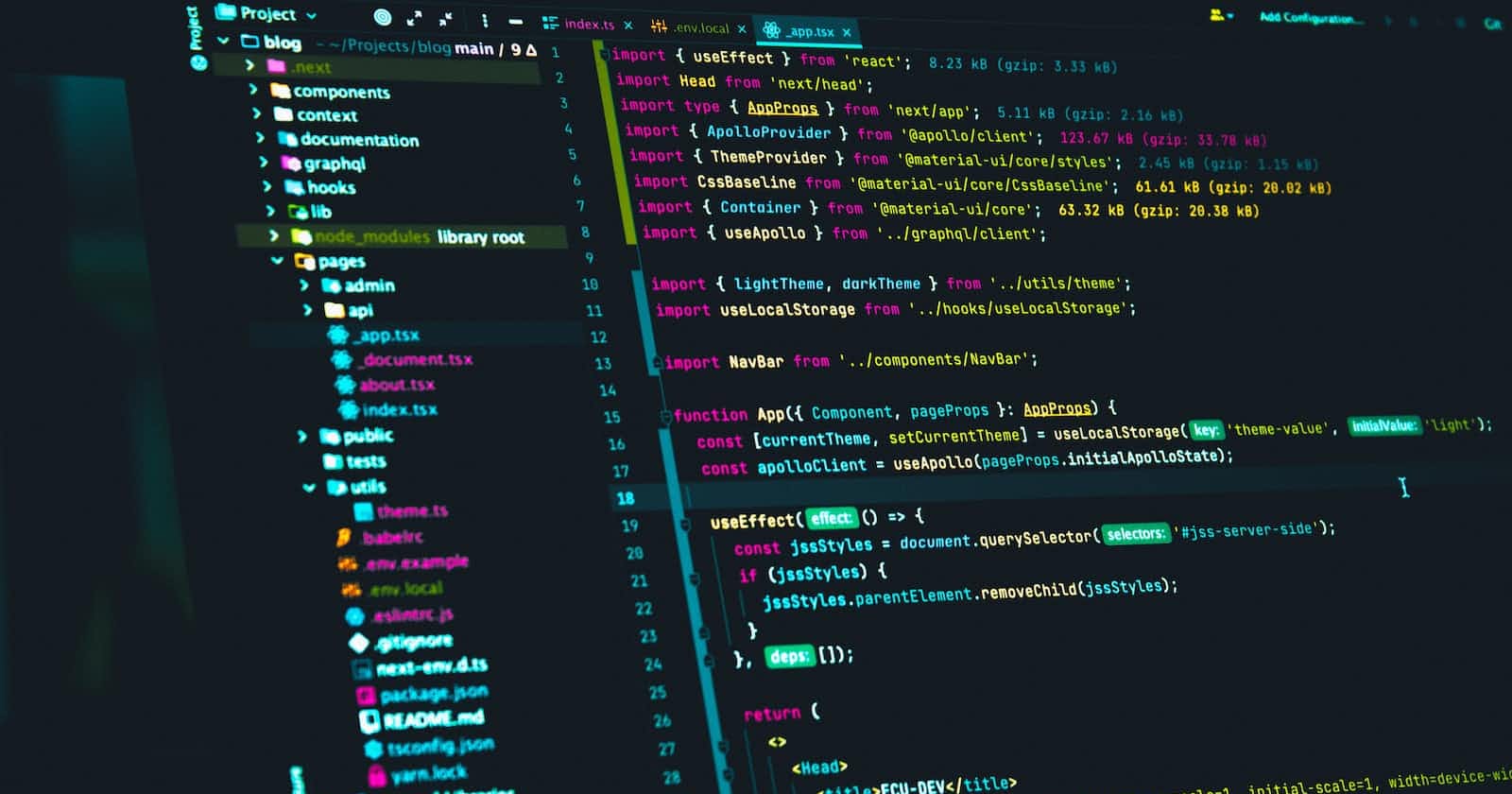The backend has always been an exciting field. Like every other software development field, things are constantly evolving, and we need to keep up with the evolution and trends in this field so we won't be left behind. This year, we have seen many changes, from greater adoption of full-stack frameworks to the return of MySQL. As always, this article will cover it all. Here are the most popular tech trends of the new year.

Serverless Computing Prevails
Serverless computing is a method of providing backend services on an as-used basis. A serverless provider allows users to write and deploy code without the hassle of worrying about the underlying infrastructure.
Serverless computing is a way to offer backend services only when they are needed. Serverless architecture reduces the cost, hassle, and time required to maintain servers. It also makes it easier for developers to scale up their solutions while using serverless architecture since there are no policies considerations

REST is Still Alive
In the past few years, we have had a lot of innovations around the backend space, including those that promised to replace REST, e.g. graphQL. Given the popularity of graphQL, GRPC, etc. , it is a bit surprising that REST is still thriving and being used a lot. I guess a lot of this is due to its simplicity and the number of APIs written in it. I expect REST to be still used a lot in 2023 but alongside other methodologies in a microservice-focused approach.

Concurrency and Parallelism
In short, concurrency refers to multiple parts of a program executed in overlapping periods in no specific order (but not simultaneously) while parallelism is when many calculations or processes are carried out simultaneously. Concurrency is used all the time in production, but I believe that more devs(especially junior level) are beginning to pay attention to concurrency and parallelism practices. This is mainly because of how easy it is right now, especially with golang (but I might be wrong). Overall this is a good trend since it means faster speeds.

Increased Adoption of Full-Stack Frameworks
For a good reason, more people are beginning to use full-stack frameworks like next.js, solid start, etc. Since the dawn of time, if you wanted to create a full-stack app, you had to create your frontend and your backend separately. Even with full-stack frameworks like Django, ruby on rails, etc, it was just easier to use a separate frontend and backend.
However, recently with new libraries like TRPC for frontend, web assembly libraries etc, it has never been easier to create a full-stack app. And the full-stack frameworks are just getting better and better every day. I believe that this massive full-stack frenzy will continue even in 2023.

BAAS
Backend-as-a-Service (BaaS) is a cloud service model in which developers outsource all the behind-the-scenes aspects of a web or mobile application so that they only have to write and maintain the frontend. BaaS vendors provide pre-written software for activities that take place on servers, such as user authentication, database management, remote updating, and push notifications (for mobile apps), as well as cloud storage and hosting. BAAS is incredibly powerful and yet so simple. It really removes a lot of workload from managing the backend.
In 2022 we have seen many tools come out to further help baas grow e.g pocketbase, supabase etc. I expect BAAS to grow even further and get more adoption especially with side projects and early stage startups. Despite this backend is still going to be very valuable and a really good skill to learn.
Conclusion
Backend Development is a fascinating field and is getting more exciting every day. I expect many new innovations to backend development this year to further simplify the process. I also expect things like docker, kubernates, fundamental cloud computing etc to be among required things for back-end developers to know.
Thanks for reading this article to the end. If you're interested in tech or learning new things, follow my page as I post blog posts 3 times a week. Peace.

